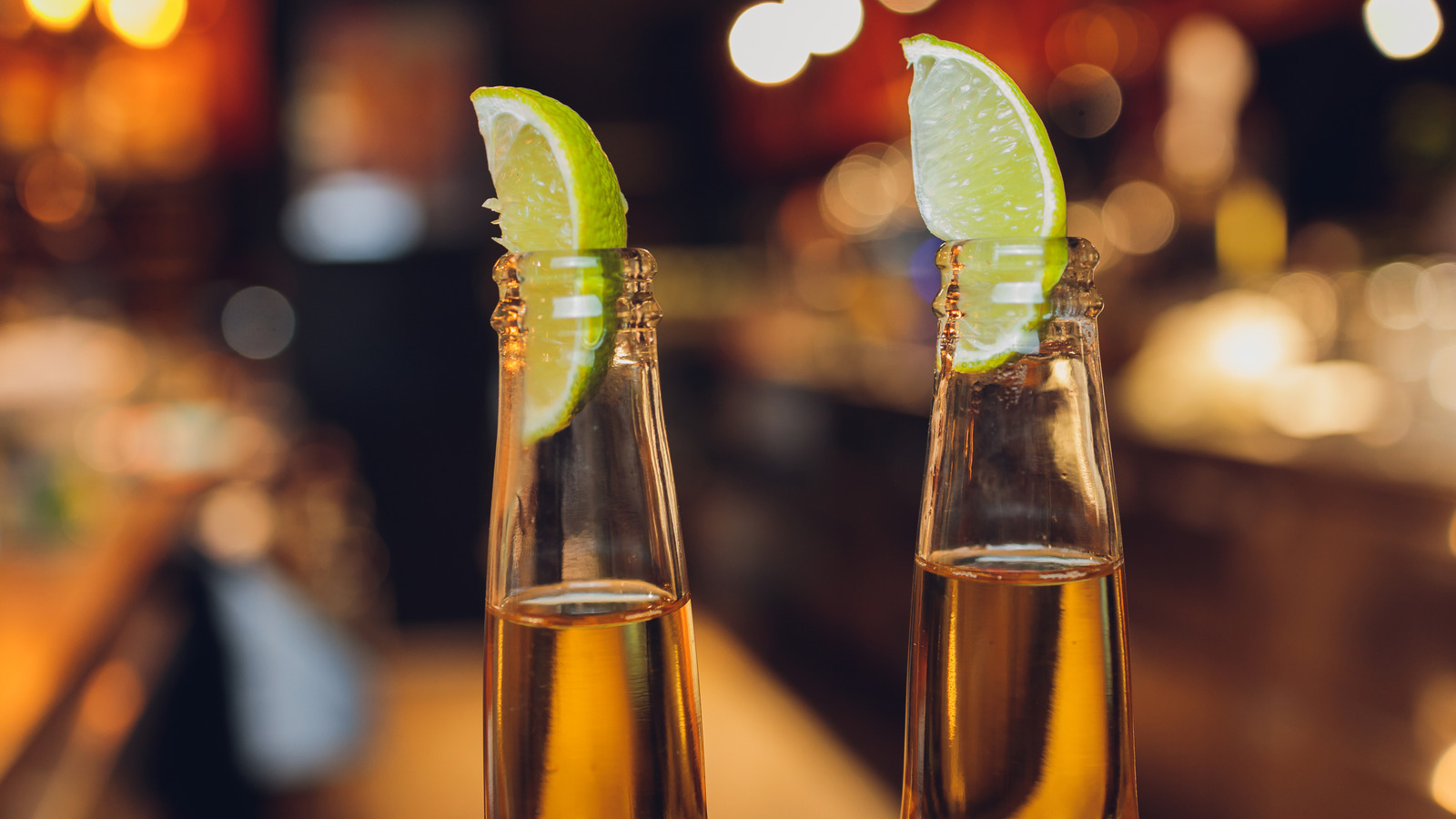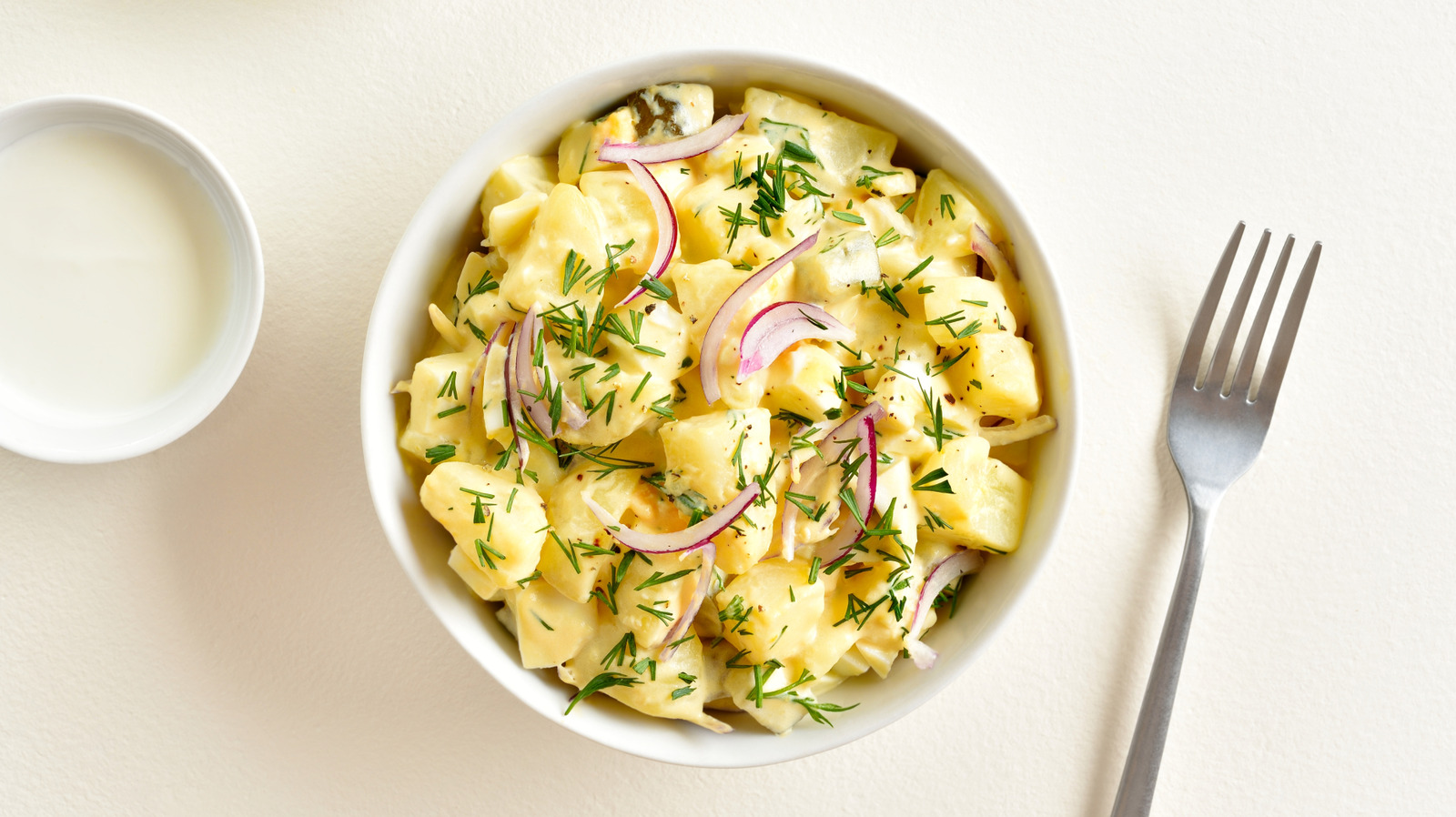Travel can be educational, spirit-boosting, and downright fun. Having the opportunity to experience the history, culture, and people of different countries can have a profound impact on your personality. You don't even have to leave the U.
S. to experience different cultures. Our vast nation is filled with diverse cities, small towns, and states that can be just as rewarding and educational to visit as any in the world.

When you travel, just as when you are home, you've got to eat to sustain yourself. One of the best parts about visiting new places is trying out local cuisine. Every culture has a strong connection to food, and sampling it can help you better understand and connect with the people who prepare and eat it.
Socializing is often connected to enjoying a meal together. You may find new dishes that you enjoy so much, they become favorites. Caution when traveling is extremely important.
This applies to what you eat as well. According to the , 30% to 70% of international travelers end up with diarrhea while abroad or upon returning home. That is a concerning statistic to be sure.
Even here in America, improper food safety procedures can make you sick on a trip. We want to make sure that does not happen, so use this list of tips to help you avoid food poisoning when you are traveling. Research the causes of food poisoning Knowing what causes food poisoning is the vital first step to avoiding it and having a happy and healthy adventure.
Food poisoning is not as uncommon as you may think. Even here at home, there was a . There have also been .
Illnesses related to food consumption are caused by pathogens present in the food. The tells us that there are 31 known major food-borne pathogens that cause an estimated 9.4 million cases of illness in the U.
S. annually. These pathogens include salmonella, e.
Coli, clostridium perfringens, campylobacter, and norovirus. Ingesting any of them can cause symptoms such as diarrhea, vomiting, stomach cramps, body aches, or a fever. The symptoms can last anywhere from a few hours to a week or more.
Food can become infected with these viruses in several ways. Undercooked meats, especially poultry, are notorious for causing illness or death. Raw fruits and vegetables can also contain bacteria if they are not handled and prepared properly.
In fact, eating any meals that have been prepared without regard to proper food handling, cooking, and safety procedures is just asking for trouble. Now that we know what causes food poisoning, let's get into specific ways to avoid ruining your trip and maybe your health. Get a medical checkup before taking your trip Before departing, seeing your primary care physician for a checkup is highly recommended.
The would-be travelers to make an appointment for a checkup at least four to six weeks before departure. Tell your doctor where you are going, what kinds of places you will be staying at (hotels, cruise ships, hostels, campgrounds), and the types of activities you are planning. This will allow them to make sure you don't have any health issues that could be exacerbated by your planned excursions.
Your physician can also offer advice on what to bring with you and things to avoid. Vaccinations are essential. The that international travelers are at greater risk for hepatitis A.
No matter where you are going, you will need to get that vaccine. The has information on its website about the vaccinations you will need depending on where you are going. This can include malaria, COVID-19, and a number of other vaccinations.
Access this information and get the shots you need. In some nations, you will need to carry an . Being up to date on COVID-19, flu, and RSV (if needed) is a good idea even for domestic travel.
The State Department also recommends that you check and see what your medical insurance will cover overseas. We are working to avoid you getting sick, but if it does happen, you want to make sure you can get proper treatment. Take these medications and supplies with you Food poisoning issues affect your gastrointestinal system.
There are medications to help prevent getting sick and relieve symptoms if you do fall ill. Packing these in your medical kit is something you should do anytime you travel anywhere. The first of these is bismuth subsilicate, the active ingredient in Pepto Bismol.
taking two Pepto Bismol tablets four times a day before and during your travels. A involving college students traveling to Mexico found that participants who took Pepto Bismol showed a protection rate of 65%. You may want to consider taking a probiotic during your journey.
These supplements are live organisms that can aid in digestion and gut health. They may help to prevent intestinal issues, however, the tells us that the data available is insufficient to definitively recommend their usage. If you do decide to take a probiotic, do not neglect the other safety tips.
Probiotics occur naturally in some yogurt and fermented and pickled foods. Be warned that probiotics are only effective when taken properly, and too much can have side effects. If you are not sure about dosages, skip them altogether.
Other items you may want to pack are water purification tablets. Should you be in a situation where you are not sure about the only water available, the tablets can kill pathogens. This should be a last resort, however.
The best way to purify water is by boiling. Be cautious about tap water One of the common ways people ingest harmful pathogens is through tap water. Stories of "Montezuma's Revenge", a colorful name for Traveler's Diarrhea caused by the water south of the border, are common.
When you are traveling, especially in less developed countries, you cannot trust the local tap water. You can research which countries have safe and unsafe tap water, but if there is any doubt, don't take so much as a sip. Unclean water can contain harmful bacteria, parasites, heavy metals, and other chemical contaminants that can cause serious health issues.
In areas that do not have good sanitation methods, you could end up with typhoid or cholera. Bottled water may be a safe bet, but make sure it is a reputable brand and the bottle is factory sealed. Even then, read the labels.
Many bottled water companies use filtered tap water. The conducted a four-year review that concluded there is no guarantee that bottled water is safer than tap water. That is here in the U.
S. In foreign countries, there is no way of knowing what is in their local bottled water. Your safest path is to bring a water bottle with a filter and boil and filter water to take with you on your excursions.
Be sure to use clean water when brushing your teeth. Contaminated tap water should not come anywhere near your mouth. Hot beverages such as tea and coffee should be made with boiling water.
Be wary of ice It can be easy to forget about safety when it comes to ice cubes. This is a mistake, especially in areas where you have doubts about the cleanliness of the tap water. The ice in your drink is almost certainly made from the local tap water.
As it melts, whatever pathogens are in those cubes will be released into your beverage and end up in your body. Boiling kills harmful bacteria, freezing does not. To start, since having a nice cocktail is a common part of travel, you should be aware of .
Ice can also become contaminated from unclean ice machines, cross-contamination, and coming in contact with dirty surfaces or utensils. In fact, it was a contaminated ice machine that spread norovirus around an American luxury hotel in 2017, causing illness in a large number of people. Check with restaurants to see if they make their ice from bottled or tap water, and carefully look over an establishment for signs of uncleanliness.
You also need to be careful with food served on ice at buffets, raw bars, and salad bars. It can easily spread any contaminants it may have to the food it is touching. If you have even the slightest doubt, have your drink without ice and avoid foods served on it.
Watch out for food that is just lukewarm Bacteria can grow in food and thrive in a specific temperature range. Between 40 F and 140 F, the amount of bacteria in food can double in just 20 minutes. Consuming this food is a sure way to get sick.
Meats need to be thoroughly cooked to an internal temperature of at least 160 F for ground meats, 165 F for poultry, and 145 F for beef, veal, pork, lamb, fish, shellfish, and ham. All meat should be served hot. The same applies to vegetables, grains, or other hot food.
Cold foods should be below the 40 F mark. Food can easily become contaminated if it is left out for more than two hours. On days when the temperature is 90 degrees Fahrenheit or higher, food can spoil in an hour.
Make sure any restaurant serves your food hot out of the kitchen, and if you take a doggy bag, get it refrigerated ASAP. Don't take your leftovers if you are going to be out and about. Be especially mindful of buffets and salad bars.
The food in them is often sitting around all day, and if it is not properly heated or chilled, it will be a playground for the bacteria that can make you sick. This is a good rule to follow at home, as well. People do sometimes get sick without leaving the house.
Here or abroad, it also pays to know . Stick with snacks that are packaged or dry When you're out on adventures, hiking, seeing the sights, and enjoying the locale, you tend to get a little hungry. There may not be a restaurant or other eatery easily available to satiate your hunger.
This is where carrying snacks with you is a good idea. These treats can provide the energy and nutrition to keep you going. Keep in mind, snack foods that you purchase locally can contain pathogens just like any other food, and also make you sick.
Dry snacks are your safest bet. Bacteria need moisture to grow, and a dry snack does not provide that. Prepackaged foods cut off the oxygen that bacteria require, as well.
These bacteria are, after all, living organisms trying to survive. Stick with snacks from name brands like nuts, trail mix, potato chips, pretzels, and breads that are in packages and factory-sealed. These are generally safe options, as are other foods that have been sealed, such as cans of tuna.
Make sure the seal has not been broken and read the labels for ingredient lists. for mercury. Don't get yourself sick with a suspect snack after being cautious with your meals and beverages.
Avoid fountain drinks A nice cold soda dispensed from a fountain can be refreshing and appeals to many a thirsty traveler. Unfortunately, danger lurks at the fountain, too. A soda machine is a fairly simple device.
A CO2 tank carbonates liquid from a water supply and mixes it with a flavored syrup. Basic, right? What could go wrong? By now, you probably see the problem. It's the water supply.
In areas where the water is contaminated, your tasty cup of Coke will also be contaminated. Even within the U.S.
, fountain drinks can be dangerous. Fountain drinks are also at risk from contaminated ice, which we have already covered. Additionally, the cleanliness of the fountains themselves may be questionable.
Especially in underdeveloped nations, the cleaning standards of even large fast food chains may not be anywhere near the required levels of safety. There are just too many ways for bacteria and harmful pathogens to develop in that beverage you are craving. Your safest bet is to avoid them altogether.
Even in established fast food places, and even here in the U.S., carefully examine the fountain and do some research on the local water supply.
You cannot be too cautious when it comes to your health. Steer clear of raw foods There is a place for raw meat in several cuisines. Sushi and tartar are popular dishes.
When you are traveling, especially in underdeveloped countries, take a hard pass on raw meats. They are common breeding grounds for bacteria and may also contain parasites. Even ceviche, foods, "cooked" using acidic liquids such a vinegar or lemon juice, is not safe enough to take the risk.
Meats should be thoroughly cooked to a proper internal temperature to ensure that all bacteria and pathogens are killed. They should then be served hot. Raw fruits and vegetables can also contain harmful pathogens.
The problem is that you don't know if the kitchen personnel who cut and prepared them used proper food safety techniques. Cutting with dirty knives and unclean cutting boards is a recipe for disaster. Cross-contamination is also common in many establishments where the staff is not properly trained.
Fruit and vegetable salads should be avoided, as well as any condiments or juices made with raw fruits and vegetables. Some research shows that . Unless you are dining at a restaurant with an impeccable reputation, do your digestive system a favor and stay far from raw foods.
Use caution around street food vendors Food trucks and street food vendors often serve delicious local food that helps you absorb the culture while tickling your tastebuds. Unfortunately, these sources of meals, especially in less developed nations, are usually not inspected by local health authorities. Overall cleanliness and proper food handling procedures are frequently non-existent.
Raw street food is especially dangerous, but you can't be sure of the quality of the ingredients or the safe cooking methods of any of the dishes served. The warns that street foods are "perceived to be a major public health risk due to lack of basic infrastructure and services, difficulty in controlling the large numbers of street food vending operations because of their diversity, mobility, and temporary nature." The risk is big.
Between 1983 and 1992, per the , in Shandong Province in China, 691 cases of food poisoning and 49 fatalities were attributed to the consumption of contaminated street food. Unless you can verify that the vendor has passed local health inspections and is serving the food hot, don't take the chance. No food tastes good enough to make getting sick worth it.
Don't eat bush meat You may not be familiar with the term bush meat. It is a label used for exotic meats that come from local wild animals. Depending on the nation you are visiting, this can include rats, monkeys, snakes, bats, and other non-standard food sources.
Many travelers would be repulsed by the thought of consuming any of these creatures, but there are always the adventurous types who like to eat local. However, you are not a contestant on the Amazing Race, and there's no cash prize for eating bush meat. Wild animals do not receive veterinary care or vaccinations like their domestic counterparts.
They are far more likely to be rife with bacteria, parasites, and other pathogens that can make you seriously ill. Even worse than traveler's diarrhea, eating bush meat can cause a long hospital stay or result in death. The states that the Ebola outbreak in West Africa, which began in 2013 and is still a problem today, was partially caused by people eating bush meat.
Bush meat can be incredibly dangerous. Do not be tempted. Recommended.
Food

Tips To Steer Clear Of Food Poisoning While Traveling

Getting food poisoning is no joke, and it's a pretty painful and potentially deadly experience. Here's how to avoid it, especially while traveling.















